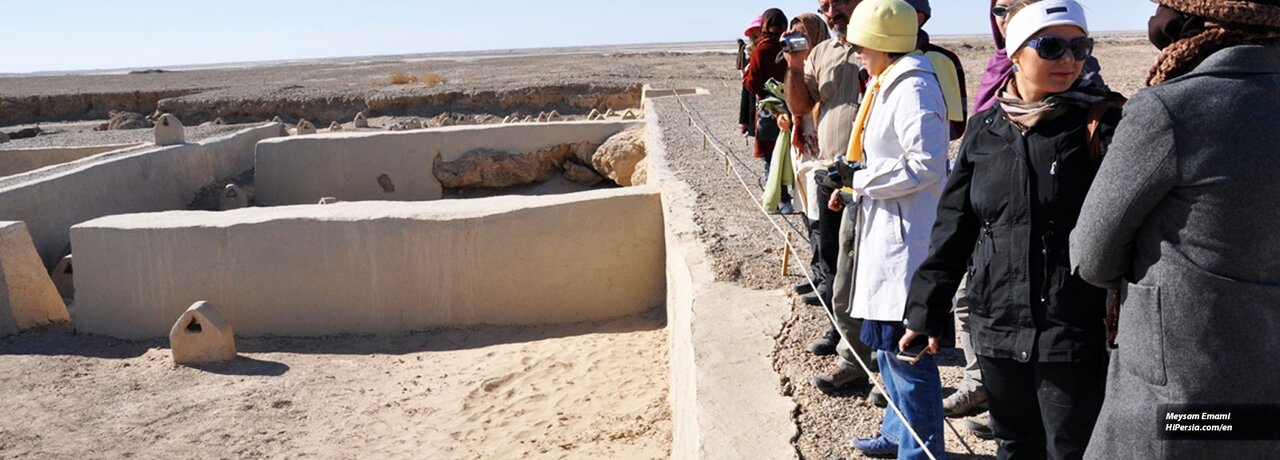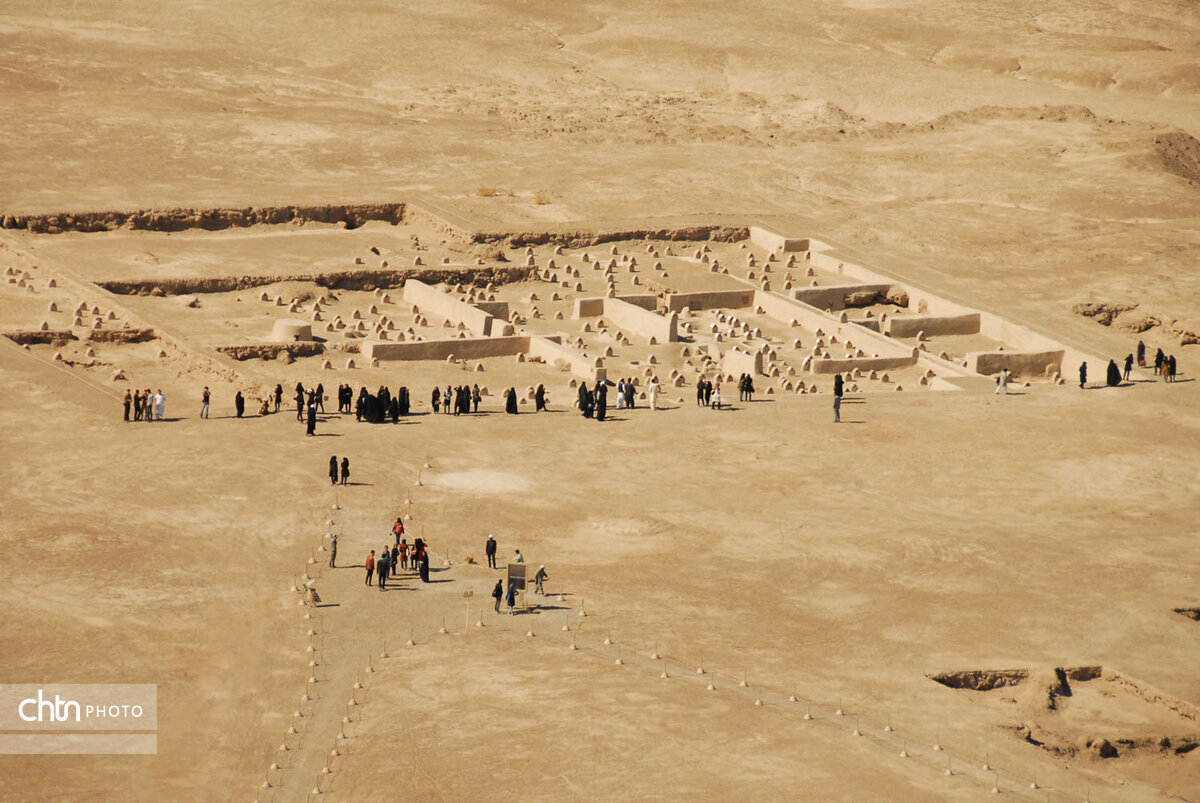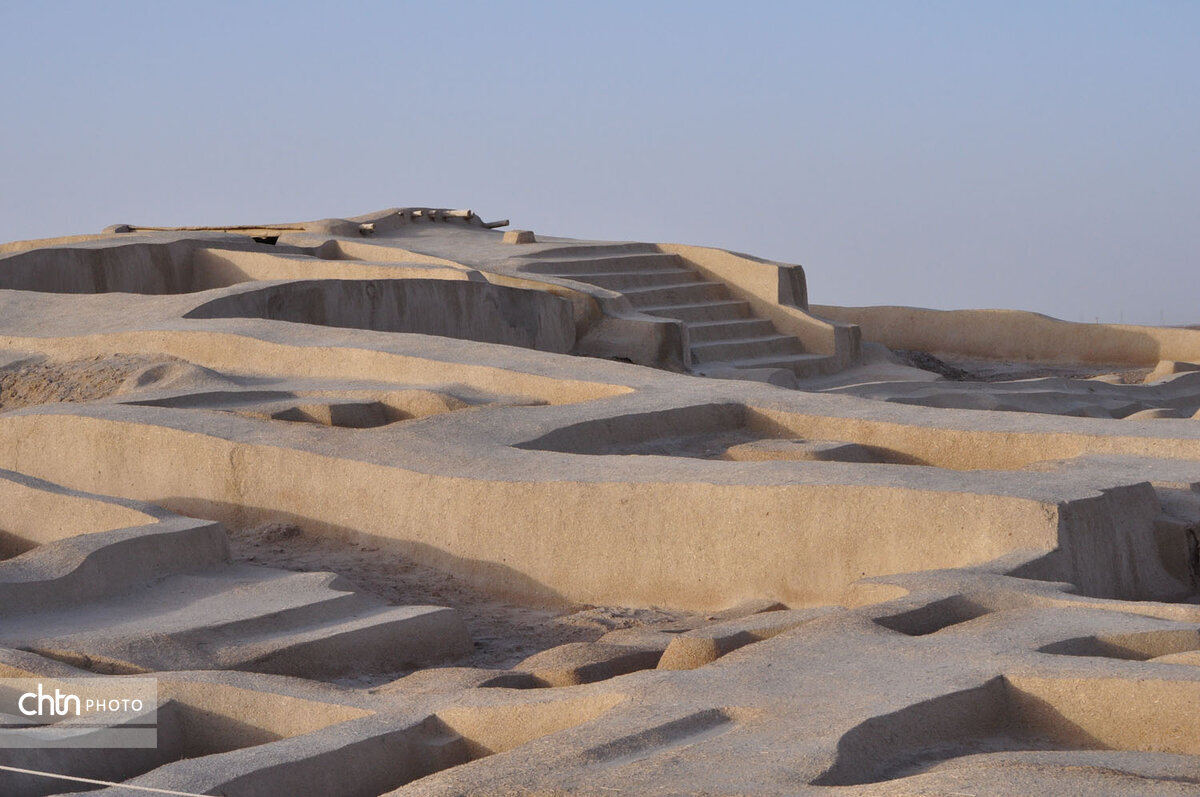Burnt City, a symbol of peaceful coexistence in ancient Iran

TEHRAN - An Iranian archaeologist has said that the UNESCO-registered Burnt City is one of the most prominent archaeological sites in Iran, reflecting one of the earliest urban societies in the history of human civilization.
Archaeological research in recent decades has provided new insights into the social, economic, and cultural structure of the Burnt City region, Mohammadreza Jafari, a researcher of Sistan-Baluchestan’s cultural heritage, said on Sunday, as quoted by CHTN.
A distinctive feature of Burnt City is the existence of lasting peace among its inhabitants and the absence of any evidence of militarism, which indicates a culture of cooperation and peaceful coexistence in a society characterized by cultural diversity and extensive interactions, Jafari explained.

“Additionally, numerous industrial and commercial findings testify to the technological advancement and technical knowledge of the people at that time.”
With the efforts of the Ministry of Cultural Heritage, the protection of this valuable heritage is being strengthened. The use of modern technologies is an effective step in preserving and better introducing the Burnt City to the global community, said Jafari, who doubles as the Burnt City’s UNESCO World Heritage Base.
“Education and awareness-raising among younger generations also play a key role in sustaining these efforts.”

The archaeologist added that Burnt City is one of the most important sites of the third millennium BC, with a history of about 5,000 years.
According to the UN cultural body, changes in watercourses and climate change led to the eventual abandonment of the Burnt City in the early second millennium BC. The site’s structures, burial grounds, and numerous significant artifacts—well preserved due to the dry desert climate—make it a valuable source of information about the emergence of complex societies and their interactions during the third millennium BC. Previous excavations revealed that the residents possessed advanced skills in weaving and in the creation of fine arts, including decorative objects, stone carving, and pottery painting.
AM
